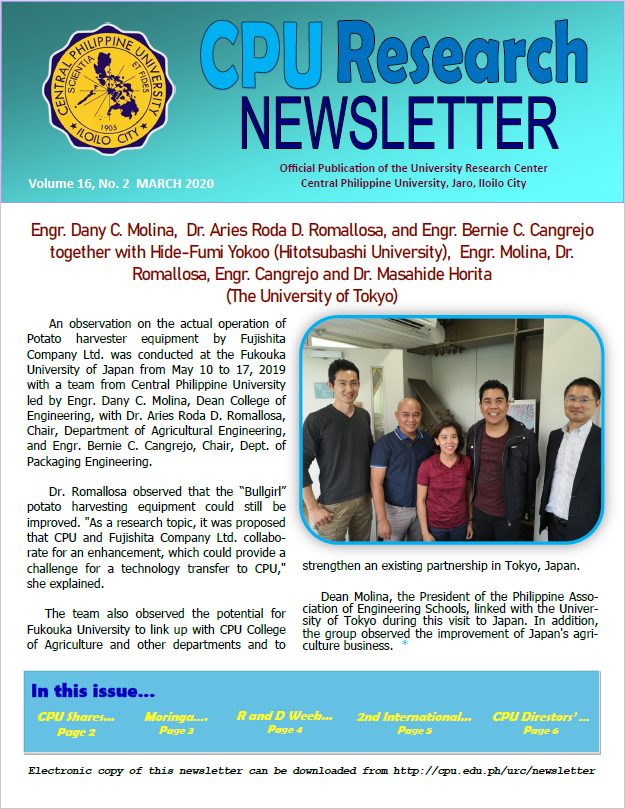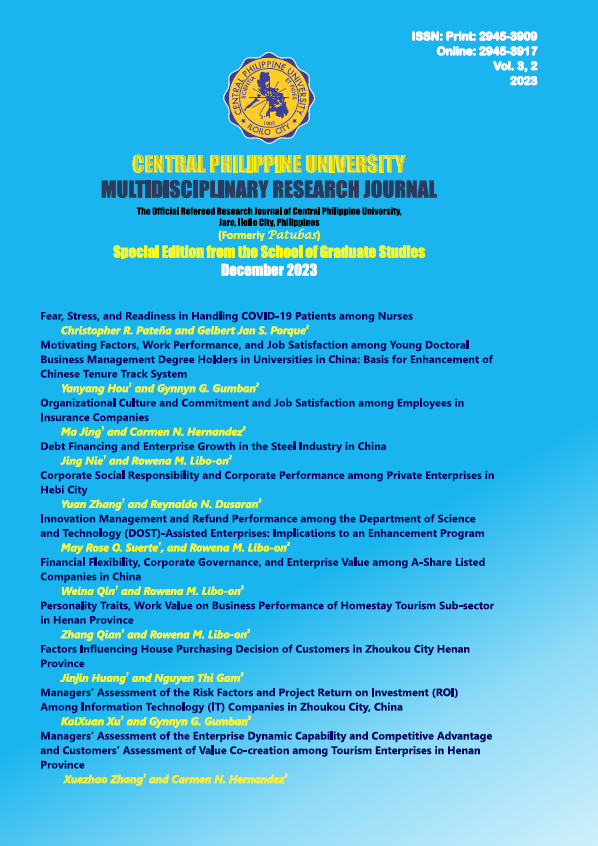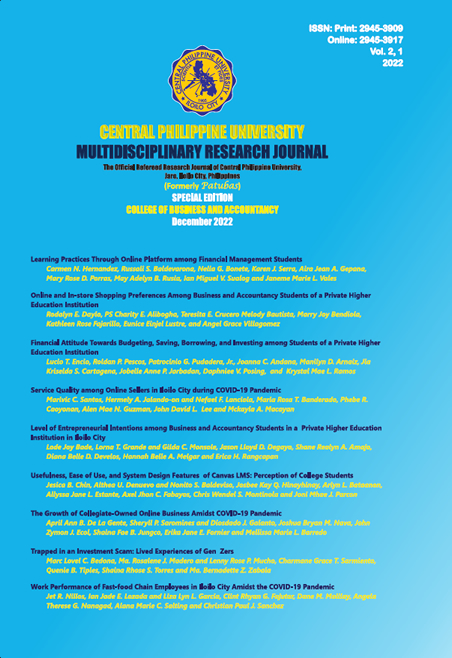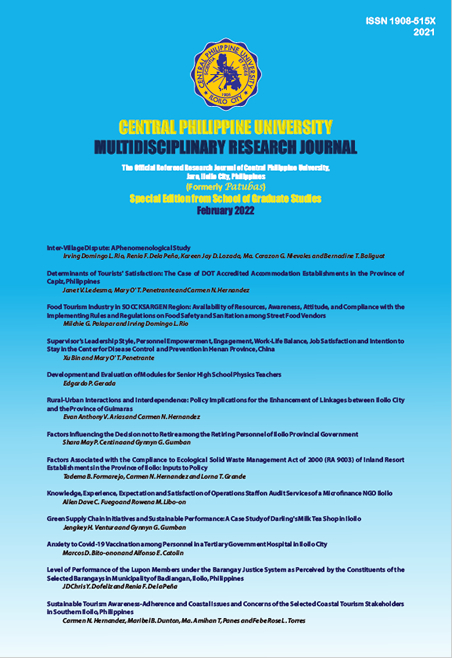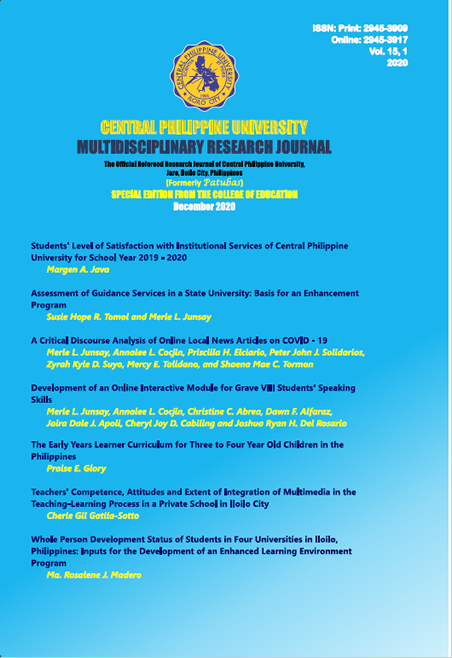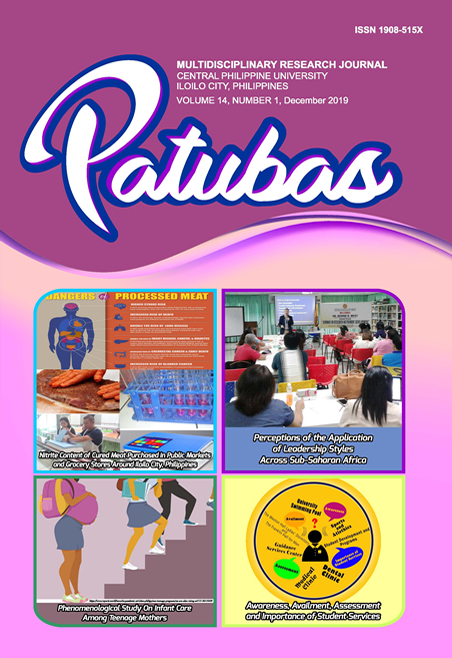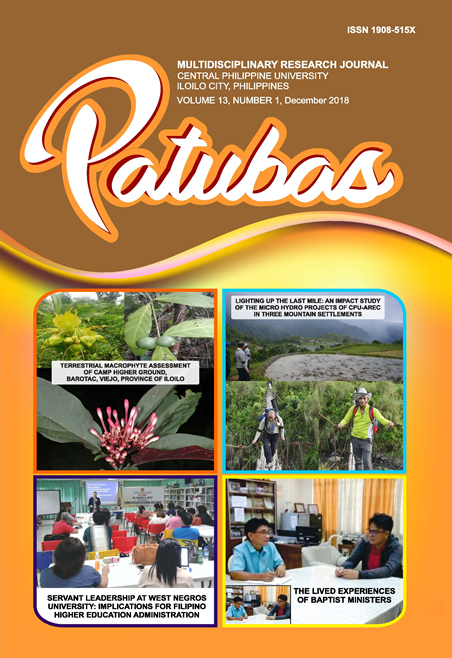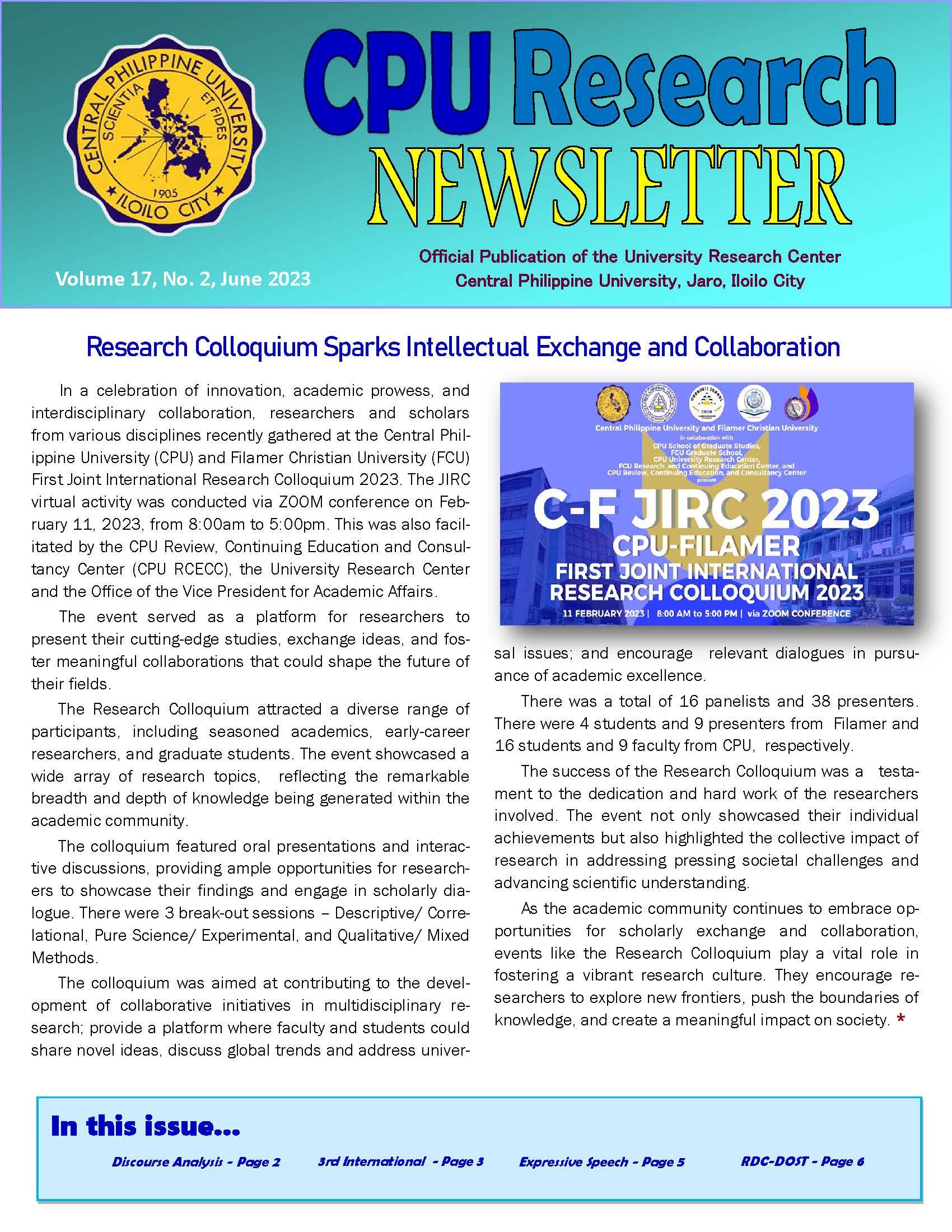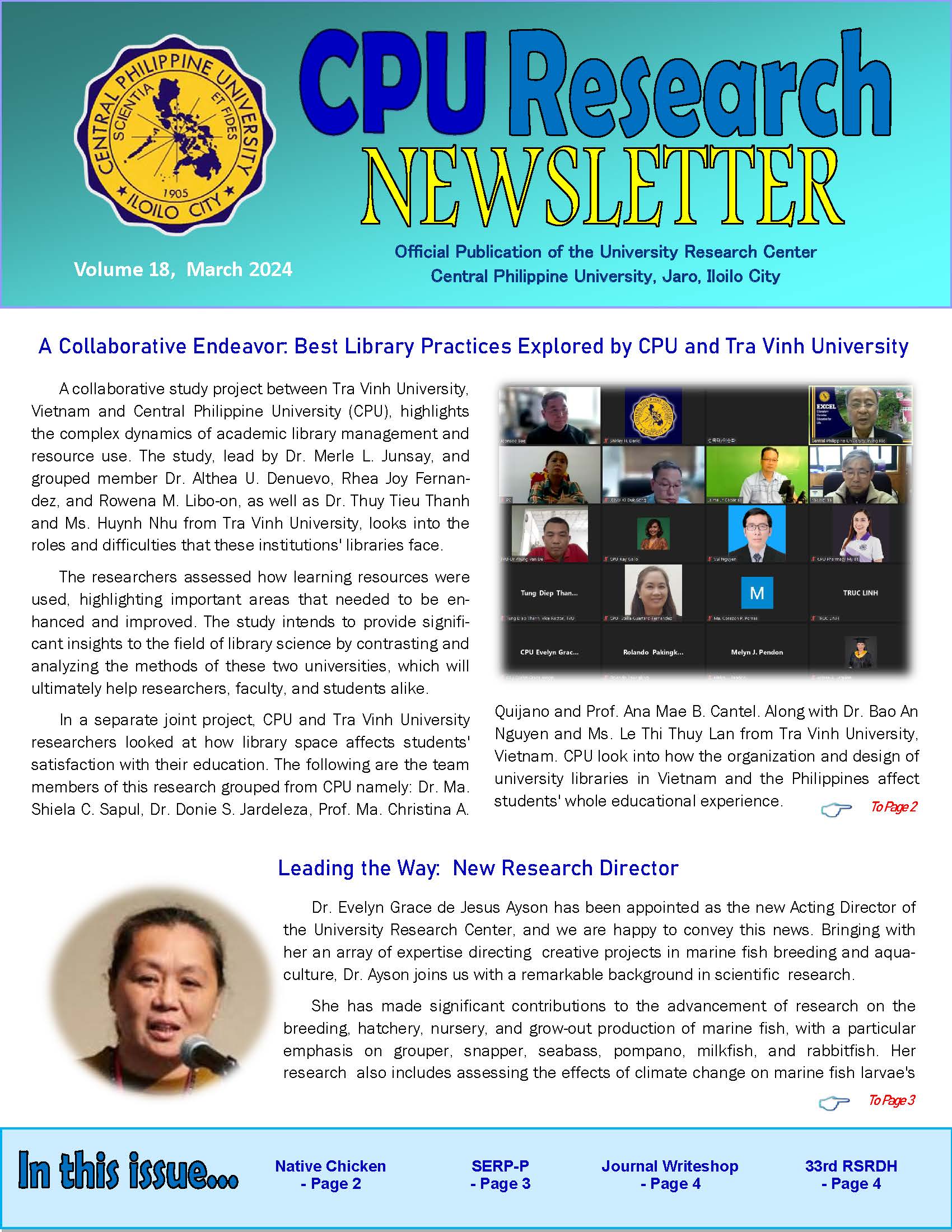 cpuurc
cpuurc
Patubas Volume 14, No.1, December 2019
Patubas is published once a year under the auspices of Central Philippine University, Jaro, Iloilo City, Philippines. Copyright © 2019 by individual authors and Patubas. Published in 2019Central Philippine UniversityLopez Jaena, St., Jaro, Iloilo City All rights reserved. No part of this publication may be reproduced or transmitted in any form or by any means, electronic or … Read more
Patubas Volume 13, No.1, December 2018
Patubas is published once a year under the auspices of Central Philippine University, Jaro, Iloilo City, Philippines. Copyright © 2018 by individual authors and Patubas. Published in 2018Central Philippine UniversityLopez Jaena, St., Jaro, Iloilo City All rights reserved. No part of this publication may be reproduced or transmitted in any form or by any means, electronic or … Read more

